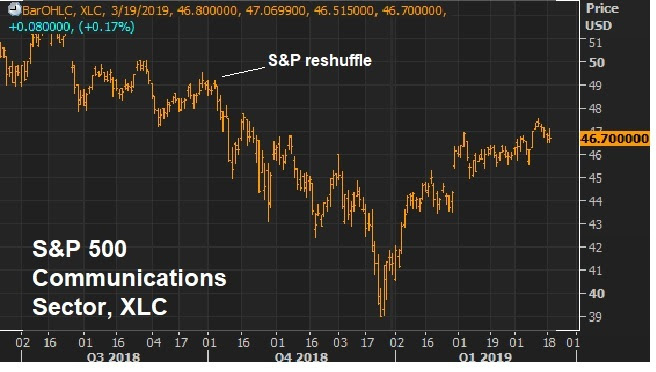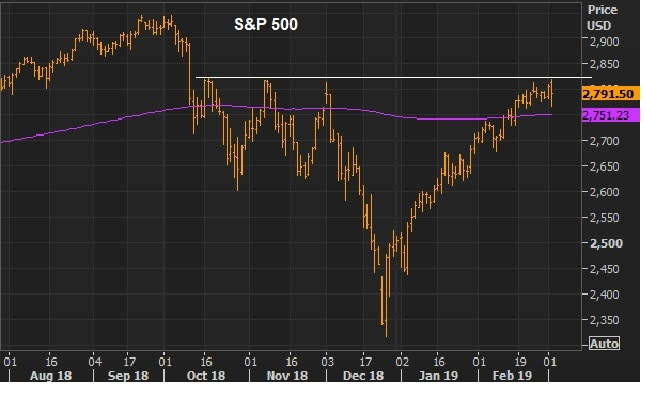Trump’s State of the Union address last night telegraphed the next priority in his economic plan: Infrastructure.
Just two years in, this has become one of the final pillars of his Trumponomics plan, yet to be executed on.
Remember, when Trump took office he quickly went to work on reversing regulations that were stifling industries. By the end of 2017, we got big tax cuts, which included incentives for companies to repatriate trillions of dollars of money held offshore. And, of course, the fight for “fair trade” is ongoing, and maybe close to a resolution.
With these pro-growth policies, we have an economy that has finally escaped the decade-long rut of sub-2% growth. We’ve returned to long-term trend growth (3%+).
So things look good, but we’ve yet to get the big kicker of an infrastructure spend. This is where we could see a real economic boom kick in.
And a split Congress is thought to be supportive of an infrastructure plan. We’ve heard the Trump plan, which is $1.5 trillion funded through a private/public partnership. After the Democrats won the house they said infrastructure would be high on the party’s agenda. Back in March, the Democratic Senators proposed a $1 trillion plan.
If we get it, a big infrastructure spend could finally give us the big bounce back we typically see after a recession (i.e. some very big numbers).
Remember, the recovery of the past decade was manufactured by central banks. The monetary stimulus and central bank intervention was good enough to keep the patient alive, but not to restore the global economy back to sustained, trend-growth. So we needed fiscal stimulus. And we’ve gotten it. But we’ve yet to see the type of big bounce back in growth typical of a post-recession recovery.
For context, in the left column of the table below, you can see the GDP numbers following the Great Depression. And on the right, you can see the growth of the post-Great Recession (pre-Trump).















